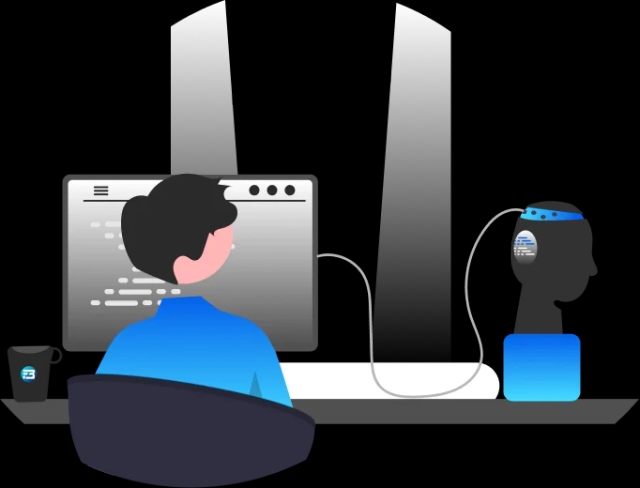How do I collect custom doctor-patient conversations for my specific medical specialty?
Data Collection
Healthcare
Speech AI
To effectively collect custom doctor-patient conversation datasets for a specific medical specialty, a structured approach is crucial. This ensures the data's authenticity while aligning with ethical standards vital for healthcare. Here's a practical guide to gathering these valuable datasets.
The Importance of Custom Doctor-Patient Dialogues in AI Training
Doctor-patient conversations are a cornerstone for training healthcare AI systems, particularly in natural language processing (NLP) and speech recognition. These interactions offer insights into medical dialogue, capturing terminology, emotional nuances, and context-specific communication styles. Custom datasets enable AI systems to be finely tuned to specific specialties, thereby enhancing their real-world application.
Steps to Collect Custom Doctor-Patient Conversations
1. Define Your Objectives
Start by clarifying your goals. Are you targeting a specific medical area like cardiology, pediatrics, or dermatology? Clearly defined objectives will guide every aspect of the speech data collection process, from participant recruitment to the themes of the conversations.
2.Recruit Qualified Participants
- Doctors: Engage licensed healthcare professionals specializing in your targeted area. Their expertise ensures that conversations reflect realistic clinical scenarios.
- Patients: Recruit individuals capable of simulating typical patient interactions, such as trained actors or volunteers willing to participate in simulated discussions.
3.Create Realistic Scenarios
Develop thematic domains relevant to the specialty. For instance, cardiology data might include:
- Initial consultations addressing symptoms.
- Follow-up appointments reviewing treatments.
- Discussions about lifestyle changes and medication adherence.
These scenarios should serve as guidelines to facilitate natural conversation flow, not rigid scripts.
4.Ethical Data Collection Practices for Healthcare NLP
Ensure all participants provide informed consent before recording. Transparency about the purpose and use of the data is essential. Adhere to standards like HIPAA and GDPR to safeguard privacy and data security.
Recording the Conversations
1.Choose Appropriate Recording Methods
Use a mix of in-person and remote recording methods, depending on the scenario. In-person conversations should mimic real clinical environments, while remote sessions can utilize telehealth platforms.
- Audio Quality: Aim for high-quality recordings (e.g., 48kHz, 24-bit) to capture clear dialogue. Stereo recording is preferred for remote interactions to distinguish between speakers.
2.Capture Natural Dialogue
Encourage spontaneous discussions to capture the authenticity necessary for training AI systems that understand real-world interactions, including pauses, interruptions, and emotional expressions.
Quality Assurance and Annotation
1.Implement a Robust QA Process
Post-recording, establish a two-tier quality assurance process:
- Technical QA: Verify audio clarity and consistency.
- Medical Review: Healthcare professionals should review conversations for accuracy and realism.
2.Transcribe and Annotate Data
Transcription should be verbatim, preserving natural speech patterns and cues. Utilize a reliable transcription platform for efficiency. Implement annotation layers for:
- Intent Recognition: Tagging specific medical intents (e.g., symptom inquiry, diagnosis).
- Sentiment Analysis: Identifying emotional tones and empathy cues.
Key Takeaways for Effective Data Collection
Collecting custom doctor-patient conversations requires meticulous planning, ethical considerations, and a commitment to authenticity. By following these structured steps, you'll build a dataset that enhances AI capabilities in understanding and processing medical dialogues, ultimately improving patient outcomes and healthcare delivery.
By focusing on these strategies, you ensure that the custom datasets you collect are robust, ethically sound, and effective for training advanced AI healthcare systems.
Smart FAQs
Q. What tools can assist in the recording process?
A. Platforms like Yugo platform can facilitate seamless data collection and quality assurance, ensuring high fidelity in recordings and streamlined management of audio files.
Q. How can I ensure diversity in my dataset?
A. Recruit participants from various demographic backgrounds and geographic locations to enhance the dataset's applicability and support the development of AI models that reflect real-world patient populations.
What Else Do People Ask?
Related AI Articles
Browse Matching Datasets
Acquiring high-quality AI datasets has never been easier!!!
Get in touch with our AI data expert now!








